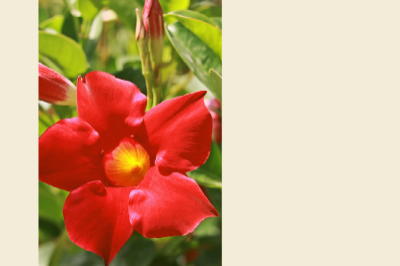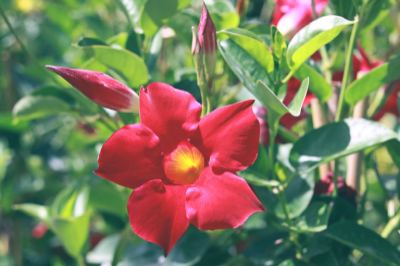Mandevilla Plant Care Instructions
Mandevilla plants are fast growing. After excluding any other reason for slow growth, move them to a larger pot. They require acidic soil that has a significant amount of organic matter. You can amend the soil with compost and feed it twice a month with an appropriate liquid fertilizer. It is important to water the plant often, but it prefers a little drier soil. The leaves can be moistened to provide humidity.
When choosing a place for your plant, make sure you select a spot with adequate sunlight. Mandevilla will tolerate some shade, but it will not bloom as well if it's exposed to too many. In summer, you can plant it under a shade tree or the roof of your patio. Root rot can be avoided by making sure that the soil is well-drained. Mandevilla plants can be killed by heavy soil. Choose a loose, well-drained soil with lots of organic matter.



